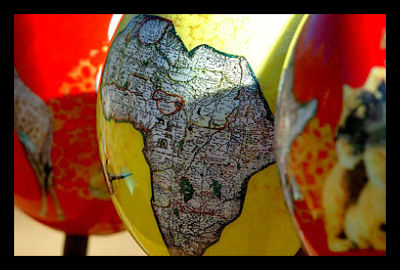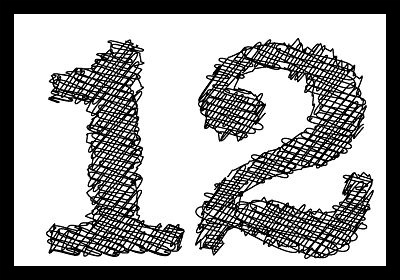Botswana is undoubtedly one of Africa’s greatest success stories. After the country gained independence in 1966, it experienced robust economic growth and now boasts consistently high gross domestic product growth rates. Indeed, Botswana’s gross national income per capita for 2013 was $7,730, ranking it above South Africa and well above the average for Africa.
Although Botswana’s economic performance is relatively high, it is not without social problems. According to the World Bank, just under a third of the country’s population lives in extreme poverty, and much of the country’s wealth lies disproportionately with the richest 20 percent of the population.
Part of Botswana’s economic success since independence lies in the government’s pro-poor policy making.
“Each and every Batswana [citizen] has a right to land for residential and agricultural purposes,” said the Southern African Regional Poverty Network. “Within customary tenure areas,which comprise 79 percent of all land and which are controlled through a decentralized system of locally elected Land Boards, land is allocated for free.”
Botswana does not face extreme hunger problems due to its equitable land policies and extensive social safety programs.
According to the Food and Agriculture Organization of the United Nations, undernourishment, the measure of the shortfall of nutrition in the average adult’s diet, is measured from the number of kilocalories missing from the diets of undernourished people in a given country. In Botswana, the depth of hunger, measured by the average dietary energy deficit of undernourished people, is 240 kilocalories.
In other words, the average undernourished individual in Botswana needs an additional 240 kilocalories to maintain a healthy diet. Although Botswana does not suffer the severest form of undernourishment in the world, it ranks below average.
Moving forward, hunger in Botswana may deepen if not properly addressed, as several problems exist. For starters, rapid urbanization in Botswana means domestic food production is likely to decrease, as rural farmers move to urban areas for employment. Fewer domestic farmers mean the country will need to import more food to meet its nutrition demands, increasing the cost of food (the country already imports 90 percent of its food, a disastrous reality susceptible to global food price fluctuations.)
Furthermore, rising energy prices exacerbate the cost of food production, and infrastructure, including roads and power lines, could certainly be improved.
If current trends continue, Botswana’s hunger issues will worsen based on food prices and agricultural developments. However, like many other countries in Africa, Botswana will need to look inward to creative development solutions to propel its population forward out of food insecurity.
– Joseph McAdams
Sources: Aljazeera, BBC, World Bank 1, World Bank 2, UNDP, SARPN, UN, FAO
Photo: Aljazeera


